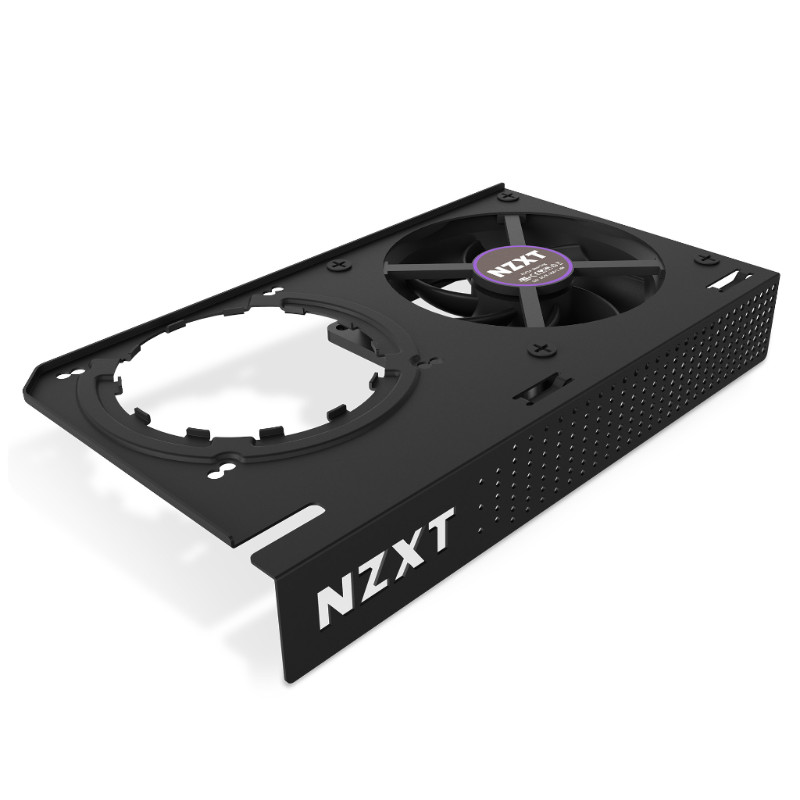Perhaps you are considering designing a brand new eCommerce site. Maybe you have an existing site that needs a facelift. Afterall, an attractive website leads to more sales, right? So how do you make sure your site is designed well? Designing an eCommerce website requires some planning. In this article, we will address eCommerce design through website design principles and design practices.
Website Design Principles
Website design requires creativity and, like any creative discipline, has rules. By following these rules and making sure that you have your potential audience in mind when you are designing, you should have great success. Here are some foundational principles for good website design.
Purpose Sets the Foundation
Having a purpose for your website will give you a clear plan and guide the design and content of the website. You should be able to capture your website’s intent in a sentence or two. In order to set a purpose, you must know your audience, what they need, and how your site will provide it. Building a brand and audience is important.
Content Gives Meaning
Every website needs quality content. It must be clear and useful to your audience. You should plan for SEO and integrate keywords and phrases that don’t distract from your message. Delight your audience with content that meets their needs.
Visuals Keep People Engaged
You want to make a good first impression so your visuals should be high quality. You should use clear, color balanced photos and graphics with appropriate size and resolution. Every design element should reflect your brand’s identity.
Harmony Makes a Design Sing
A good designer knows how to make a website user friendly through fonts, visuals, and types of navigation that capture attention. They know how to design pages that are effortless to navigate. All of this extends to the brand’s identity. The website should be consistent.
Typography Shapes Perception
Text is important, but so are the shapes and stylization of letters which convey meaning. The wrong font can undermine essential content. Fonts should suit both the placement choice and tone of a design.
Organization Unifies
Your content should flow and your visual elements should also be organized. You want to make sure your content keeps people’s attention and their desire to continue reading. Using good SEO practices will help web crawlers rank your website.
Colors Set the Tone
Color schemes can reflect a brand’s spirit and communicate its identity. It’s important that your color choices and combinations make your content easy to read.
White Space Creates Balance
The use of white space, also known as negative space, helps images and content stand out and keeps the layout from being cluttered.
Visual Hierarchy Keeps Navigation Simple
The pathways to your site’s sections and content should be clear and easy to use. Your site’s navigation should make it easy to access your content in a few steps.
Authenticity Fosters Trust
Customers want brands to be real and can see through shallow marketing jargon. Your site should provide depth and authenticity. Your content must provide valuable information and communicate the humanity behind your brand.
Design Practices
Websites are relatively easy for anyone to set up, but is your website effective for your business? Your website is a 24/7 storefront where customers will quickly form opinions about your business. Therefore, you want to make a good first impression. Let’s look at some best practices for website design.
Consistent Branding
Your brand is the foundation of your business. It’s important to keep your brand consistent across all your platforms, including your website. This includes your message, colors, aesthetics, and tone across the website. By staying consistent, you will build brand equity.
Clear CTAs
Your calls-to-action (CTA) should motivate your customers to convert by purchasing a product, subscribing to your content, or booking an appointment. Spurring your users to action with a powerful CTA will bring you stronger results.
Intuitive Navigation
Your website may provide users with a solution to a problem or access to helpful content. You don’t want to frustrate your users by making it difficult to navigate the website. To avoid this use recognizable terms like “About,” “Services,” and “Contact” in the menu. An easy to navigate website will give your users an engaging experience and a clear path to convert.
Clean Design
Your design should be clean and enjoyable to read. You don’t want to overwhelm your users with an explosion of colors, images, and copy. It’s very important to use white space between your visual components, paragraphs, and layout elements. Your website should be easy on the eyes.
Storytelling
Stories are a way for people to make connections. Everyone loves a good story. Through storytelling you can connect with your customers instead of just providing facts. Websites can benefit by integrating brand storytelling and narrative techniques.
Visuals
Oftentimes websites fail because they overwhelm their readers with text. Using visual design elements will show users what your product does and what sort of experience they can expect, without lengthy and technical descriptions.
Mobile-First Design
Because much of what we do is on mobile devices, it is essential that your website is mobile-friendly. By creating a mobile first design, you can help to optimize every user experience, no matter how they engage with your content.
Accessibility
Accessibility means designing a website that can be used by individuals who have visual, motor, auditory, speech, or cognitive disabilities.
Prioritize SEO
Integrating Search Engine Optimization (SEO) best practices will make your website more likely to rank higher on the Search Engine Results Page (SERP). As a result, your website will get more visitors. SEO will also increase the organic traffic, potential customers, and visibility you receive.
Monitor Site Speed
Website speed is another important component to give your users the best user experience. Slow websites will frustrate your users and they’ll move on to something else. Google factors website speed into ranking as well. You should consider every element on your website design so as not to slow down the speed.
A/B Testing
A/B testing is a method of comparing different versions of a webpage to see which one performs the best for a given goal. By implementing A/B testing you can make decisions about your website based on statistical data. This is a good design practice.
Hiring a Marketing Agency
Why hiring a marketing agency to do your eCommerce website design and development is helpful:
- You don’t have marketing experience
- You don’t have time to manage your online presence
- You don’t see the results you desire
- You get experts working on your campaign
Ecommerce Design
Creating a great eCommerce website is not a simple task. However, by following these tips and making sure that you are focusing on the user experience will help you to create a great finished product that will lead to more and more sales for your site.
















